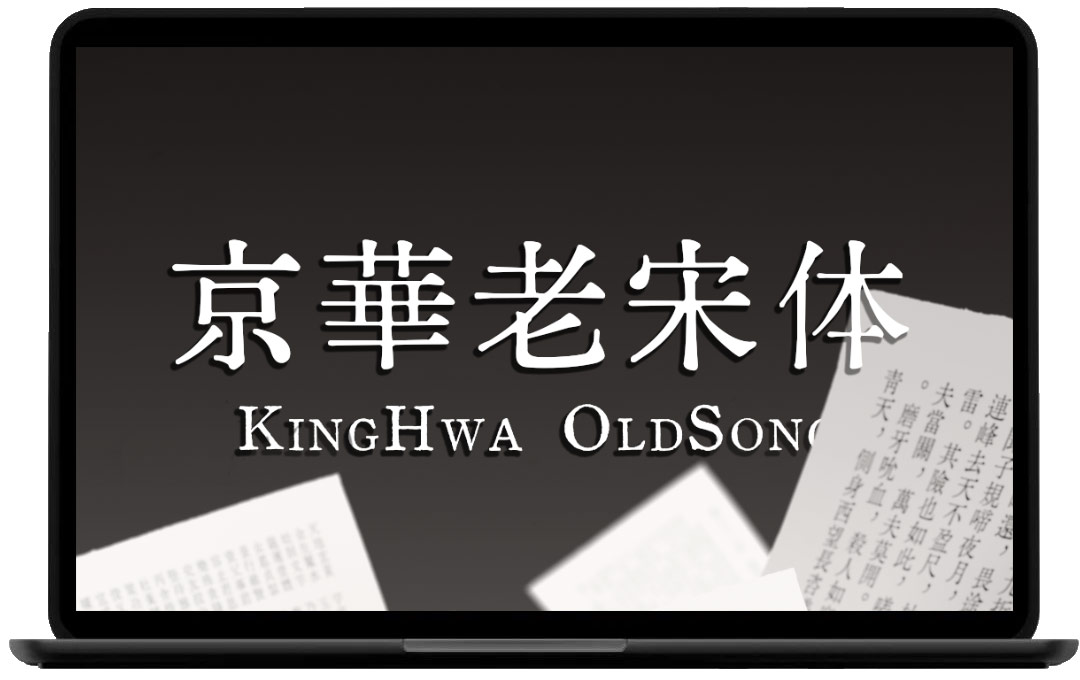如何利用get_calendar函数实现统计文章发布日历,下面web建站小编给大家简单介绍一下具体实现方法。
函数原型:
get_calendar( bool $initial = true, bool $display = true ): void|string
参数说明:
$initial,是否使用初始日历名称。
$display,直接显示,还是返回一个字符串。
函数源码:
function get_calendar( $initial = true, $display = true ) {
global $wpdb, $m, $monthnum, $year, $wp_locale, $posts;
$key = md5( $m . $monthnum . $year );
$cache = wp_cache_get( 'get_calendar', 'calendar' );
if ( $cache && is_array( $cache ) && isset( $cache[ $key ] ) ) {
/** This filter is documented in wp-includes/general-template.php */
$output = apply_filters( 'get_calendar', $cache[ $key ] );
if ( $display ) {
echo $output;
return;
}
return $output;
}
if ( ! is_array( $cache ) ) {
$cache = array();
}
// Quick check. If we have no posts at all, abort!
if ( ! $posts ) {
$gotsome = $wpdb->get_var( "SELECT 1 as test FROM $wpdb->posts WHERE post_type = 'post' AND post_status = 'publish' LIMIT 1" );
if ( ! $gotsome ) {
$cache[ $key ] = '';
wp_cache_set( 'get_calendar', $cache, 'calendar' );
return;
}
}
if ( isset( $_GET['w'] ) ) {
$w = (int) $_GET['w'];
}
// week_begins = 0 stands for Sunday.
$week_begins = (int) get_option( 'start_of_week' );
// Let's figure out when we are.
if ( ! empty( $monthnum ) && ! empty( $year ) ) {
$thismonth = zeroise( (int) $monthnum, 2 );
$thisyear = (int) $year;
} elseif ( ! empty( $w ) ) {
// We need to get the month from MySQL.
$thisyear = (int) substr( $m, 0, 4 );
// It seems MySQL's weeks disagree with PHP's.
$d = ( ( $w - 1 ) * 7 ) + 6;
$thismonth = $wpdb->get_var( "SELECT DATE_FORMAT((DATE_ADD('{$thisyear}0101', INTERVAL $d DAY) ), '%m')" );
} elseif ( ! empty( $m ) ) {
$thisyear = (int) substr( $m, 0, 4 );
if ( strlen( $m ) < 6 ) {
$thismonth = '01';
} else {
$thismonth = zeroise( (int) substr( $m, 4, 2 ), 2 );
}
} else {
$thisyear = current_time( 'Y' );
$thismonth = current_time( 'm' );
}
$unixmonth = mktime( 0, 0, 0, $thismonth, 1, $thisyear );
$last_day = gmdate( 't', $unixmonth );
// Get the next and previous month and year with at least one post.
$previous = $wpdb->get_row(
"SELECT MONTH(post_date) AS month, YEAR(post_date) AS year
FROM $wpdb->posts
WHERE post_date < '$thisyear-$thismonth-01'
AND post_type = 'post' AND post_status = 'publish'
ORDER BY post_date DESC
LIMIT 1"
);
$next = $wpdb->get_row(
"SELECT MONTH(post_date) AS month, YEAR(post_date) AS year
FROM $wpdb->posts
WHERE post_date > '$thisyear-$thismonth-{$last_day} 23:59:59'
AND post_type = 'post' AND post_status = 'publish'
ORDER BY post_date ASC
LIMIT 1"
);
/* translators: Calendar caption: 1: Month name, 2: 4-digit year. */
$calendar_caption = _x( '%1$s %2$s', 'calendar caption' );
$calendar_output = '<table id="wp-calendar" class="wp-calendar-table">
<caption>' . sprintf(
$calendar_caption,
$wp_locale->get_month( $thismonth ),
gmdate( 'Y', $unixmonth )
) . '</caption>
<thead>
<tr>';
$myweek = array();
for ( $wdcount = 0; $wdcount <= 6; $wdcount++ ) {
$myweek[] = $wp_locale->get_weekday( ( $wdcount + $week_begins ) % 7 );
}
foreach ( $myweek as $wd ) {
$day_name = $initial ? $wp_locale->get_weekday_initial( $wd ) : $wp_locale->get_weekday_abbrev( $wd );
$wd = esc_attr( $wd );
$calendar_output .= "\n\t\t<th scope=\"col\" title=\"$wd\">$day_name</th>";
}
$calendar_output .= '
</tr>
</thead>
<tbody>
<tr>';
$daywithpost = array();
// Get days with posts.
$dayswithposts = $wpdb->get_results(
"SELECT DISTINCT DAYOFMONTH(post_date)
FROM $wpdb->posts WHERE post_date >= '{$thisyear}-{$thismonth}-01 00:00:00'
AND post_type = 'post' AND post_status = 'publish'
AND post_date <= '{$thisyear}-{$thismonth}-{$last_day} 23:59:59'",
ARRAY_N
);
if ( $dayswithposts ) {
foreach ( (array) $dayswithposts as $daywith ) {
$daywithpost[] = (int) $daywith[0];
}
}
// See how much we should pad in the beginning.
$pad = calendar_week_mod( gmdate( 'w', $unixmonth ) - $week_begins );
if ( 0 != $pad ) {
$calendar_output .= "\n\t\t" . '<td colspan="' . esc_attr( $pad ) . '" class="pad"> </td>';
}
$newrow = false;
$daysinmonth = (int) gmdate( 't', $unixmonth );
for ( $day = 1; $day <= $daysinmonth; ++$day ) {
if ( isset( $newrow ) && $newrow ) {
$calendar_output .= "\n\t</tr>\n\t<tr>\n\t\t";
}
$newrow = false;
if ( current_time( 'j' ) == $day &&
current_time( 'm' ) == $thismonth &&
current_time( 'Y' ) == $thisyear ) {
$calendar_output .= '<td id="today">';
} else {
$calendar_output .= '<td>';
}
if ( in_array( $day, $daywithpost, true ) ) {
// Any posts today?
$date_format = gmdate( _x( 'F j, Y', 'daily archives date format' ), strtotime( "{$thisyear}-{$thismonth}-{$day}" ) );
/* translators: Post calendar label. %s: Date. */
$label = sprintf( __( 'Posts published on %s' ), $date_format );
$calendar_output .= sprintf(
'<a href="%s" aria-label="%s">%s</a>',
get_day_link( $thisyear, $thismonth, $day ),
esc_attr( $label ),
$day
);
} else {
$calendar_output .= $day;
}
$calendar_output .= '</td>';
if ( 6 == calendar_week_mod( gmdate( 'w', mktime( 0, 0, 0, $thismonth, $day, $thisyear ) ) - $week_begins ) ) {
$newrow = true;
}
}
$pad = 7 - calendar_week_mod( gmdate( 'w', mktime( 0, 0, 0, $thismonth, $day, $thisyear ) ) - $week_begins );
if ( 0 != $pad && 7 != $pad ) {
$calendar_output .= "\n\t\t" . '<td class="pad" colspan="' . esc_attr( $pad ) . '"> </td>';
}
$calendar_output .= "\n\t</tr>\n\t</tbody>";
$calendar_output .= "\n\t</table>";
$calendar_output .= '<nav aria-label="' . __( 'Previous and next months' ) . '" class="wp-calendar-nav">';
if ( $previous ) {
$calendar_output .= "\n\t\t" . '<span class="wp-calendar-nav-prev"><a href="' . get_month_link( $previous->year, $previous->month ) . '">« ' .
$wp_locale->get_month_abbrev( $wp_locale->get_month( $previous->month ) ) .
'</a></span>';
} else {
$calendar_output .= "\n\t\t" . '<span class="wp-calendar-nav-prev"> </span>';
}
$calendar_output .= "\n\t\t" . '<span class="pad"> </span>';
if ( $next ) {
$calendar_output .= "\n\t\t" . '<span class="wp-calendar-nav-next"><a href="' . get_month_link( $next->year, $next->month ) . '">' .
$wp_locale->get_month_abbrev( $wp_locale->get_month( $next->month ) ) .
' »</a></span>';
} else {
$calendar_output .= "\n\t\t" . '<span class="wp-calendar-nav-next"> </span>';
}
$calendar_output .= '
</nav>';
$cache[ $key ] = $calendar_output;
wp_cache_set( 'get_calendar', $cache, 'calendar' );
if ( $display ) {
echo apply_filters( 'get_calendar', $calendar_output );
return;
}
/** This filter is documented in wp-includes/general-template.php */
return apply_filters( 'get_calendar', $calendar_output );
}
可以看出,这个函数还是挺复杂的。
包含钩子:
apply_filters( 'get_calendar', string $calendar_output )
使用举例:
get_calendar();
php语法对index.php首页进行判断(根据需要显示不同页面)
wordpress新建页面中页面属性里没有“模板”选项解决方法
上面是“wordpress教程:如何利用get_calendar函数实现统计文章发布日历”的全面内容,想了解更多关于 wordpress 内容,请继续关注web建站教程。
当前网址:https://ipkd.cn/webs_4236.html
workflows工作流
 一个质朴的木制窗户上放着各种葫芦、南瓜等
一个质朴的木制窗户上放着各种葫芦、南瓜等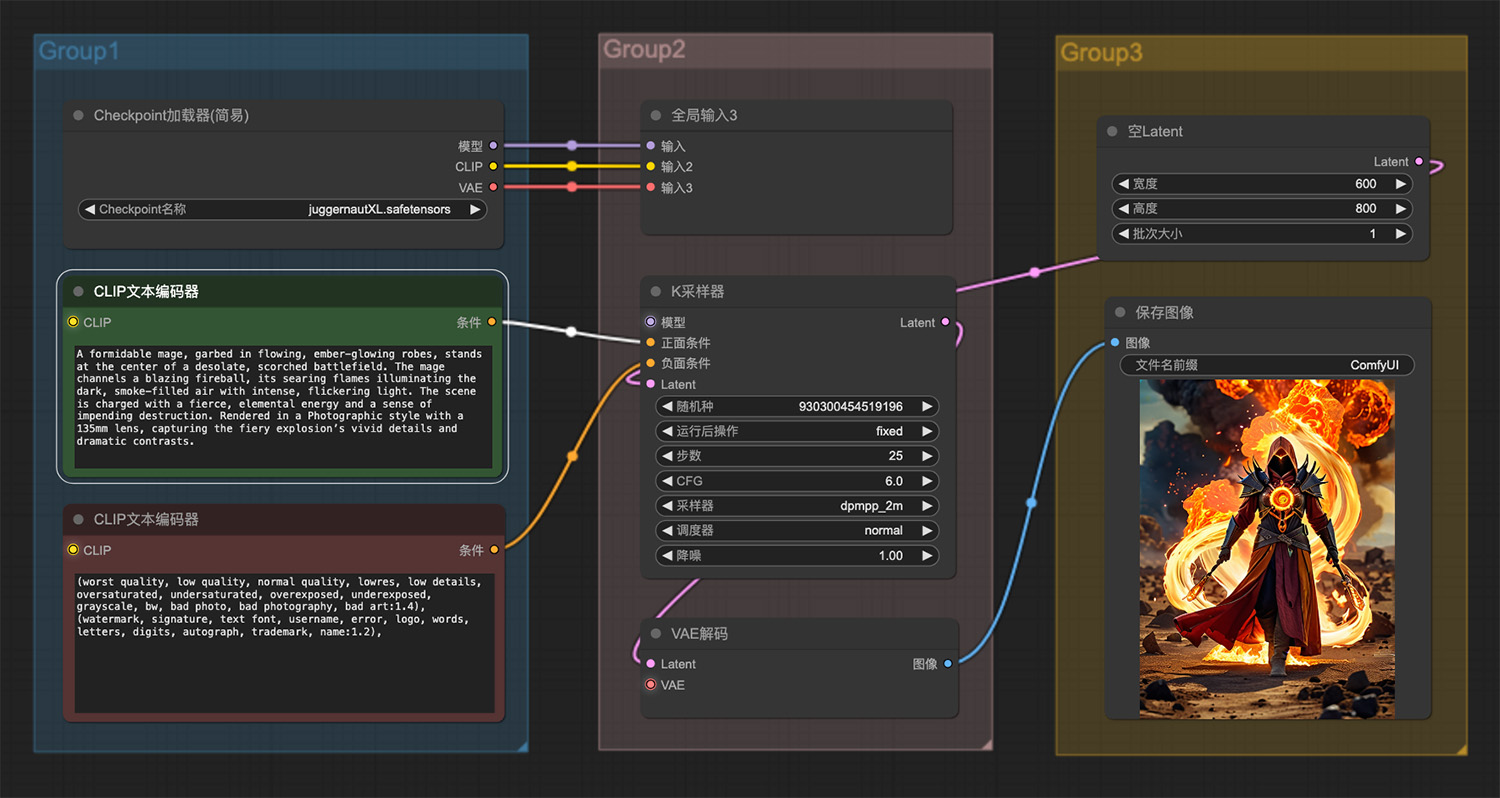 一位穿着长袍的强大法师ComfyUI工作流
一位穿着长袍的强大法师ComfyUI工作流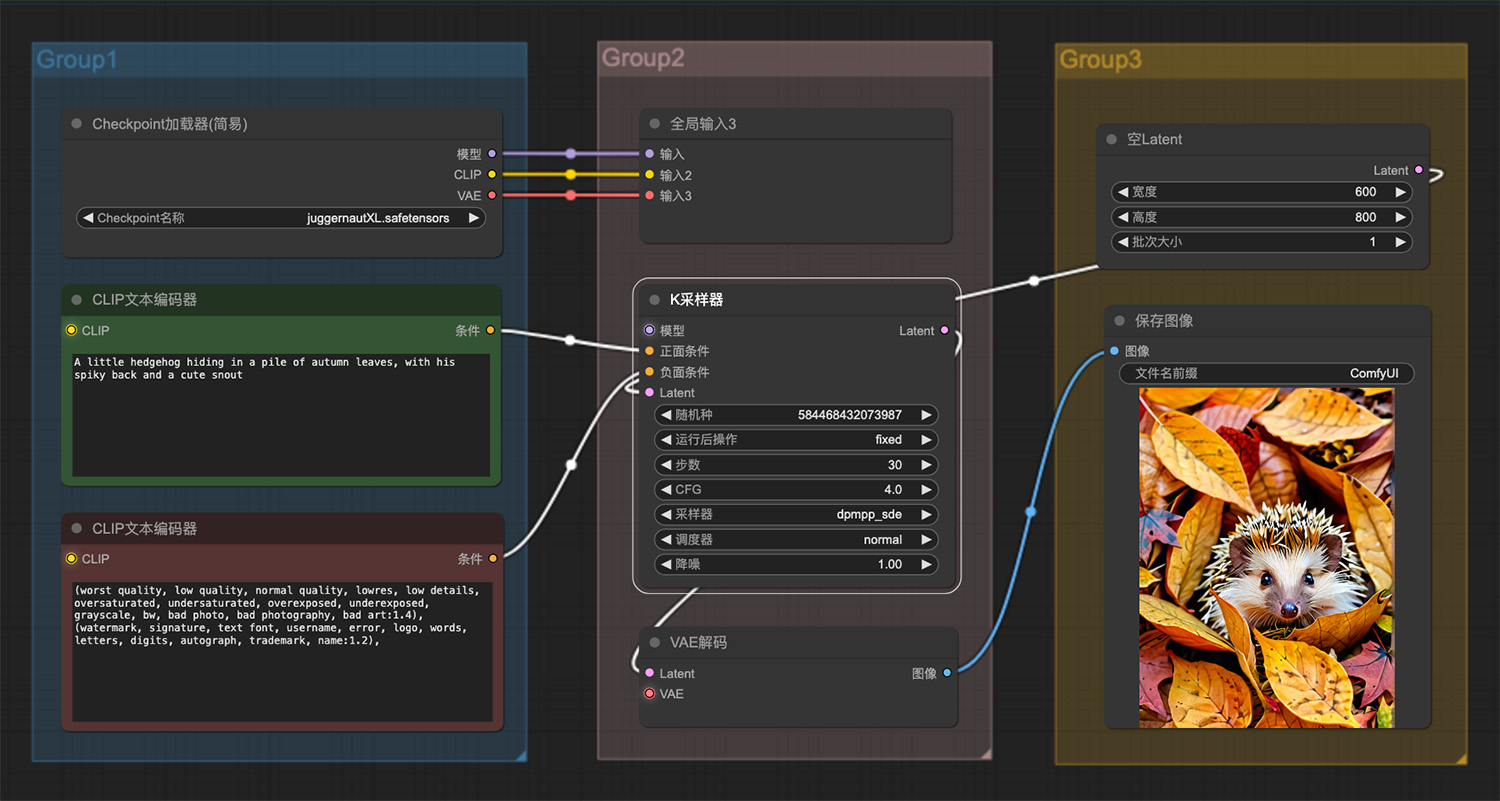 一只躲在一堆秋叶里的小刺猬
一只躲在一堆秋叶里的小刺猬 五颜六色的球花comfyui工作流
五颜六色的球花comfyui工作流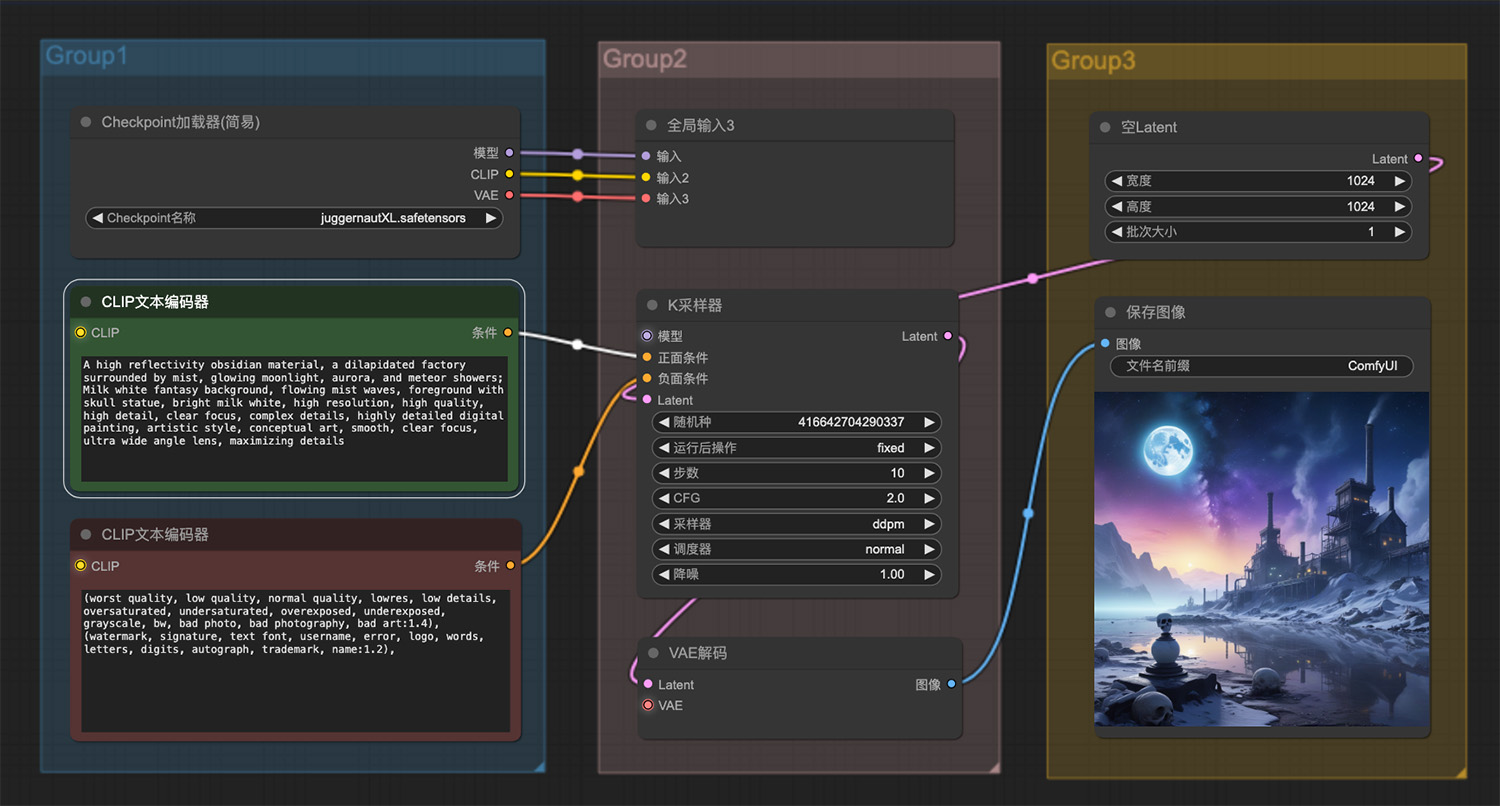 一个破旧的工厂,一个骷髅雕像
一个破旧的工厂,一个骷髅雕像 一只穿着黑色蝴蝶结西装可爱橙色小猫
一只穿着黑色蝴蝶结西装可爱橙色小猫 一颗巨型的木星ComfyUI工作流
一颗巨型的木星ComfyUI工作流 强大的长袍法师ComfyUI工作流
强大的长袍法师ComfyUI工作流
猜你喜欢
声明:本站提供的所有资源部分来自互联网,如果有侵犯您的版权或其他权益,请发送到邮箱:admin@ipkd.cn,我们会在看到邮件的第一时间内为您处理!

 js实现下雪特效
js实现下雪特效 css3卡片动态滑动效果
css3卡片动态滑动效果 纯css制作卡通头像(随鼠标转头)
纯css制作卡通头像(随鼠标转头) 3D立体人物效果
3D立体人物效果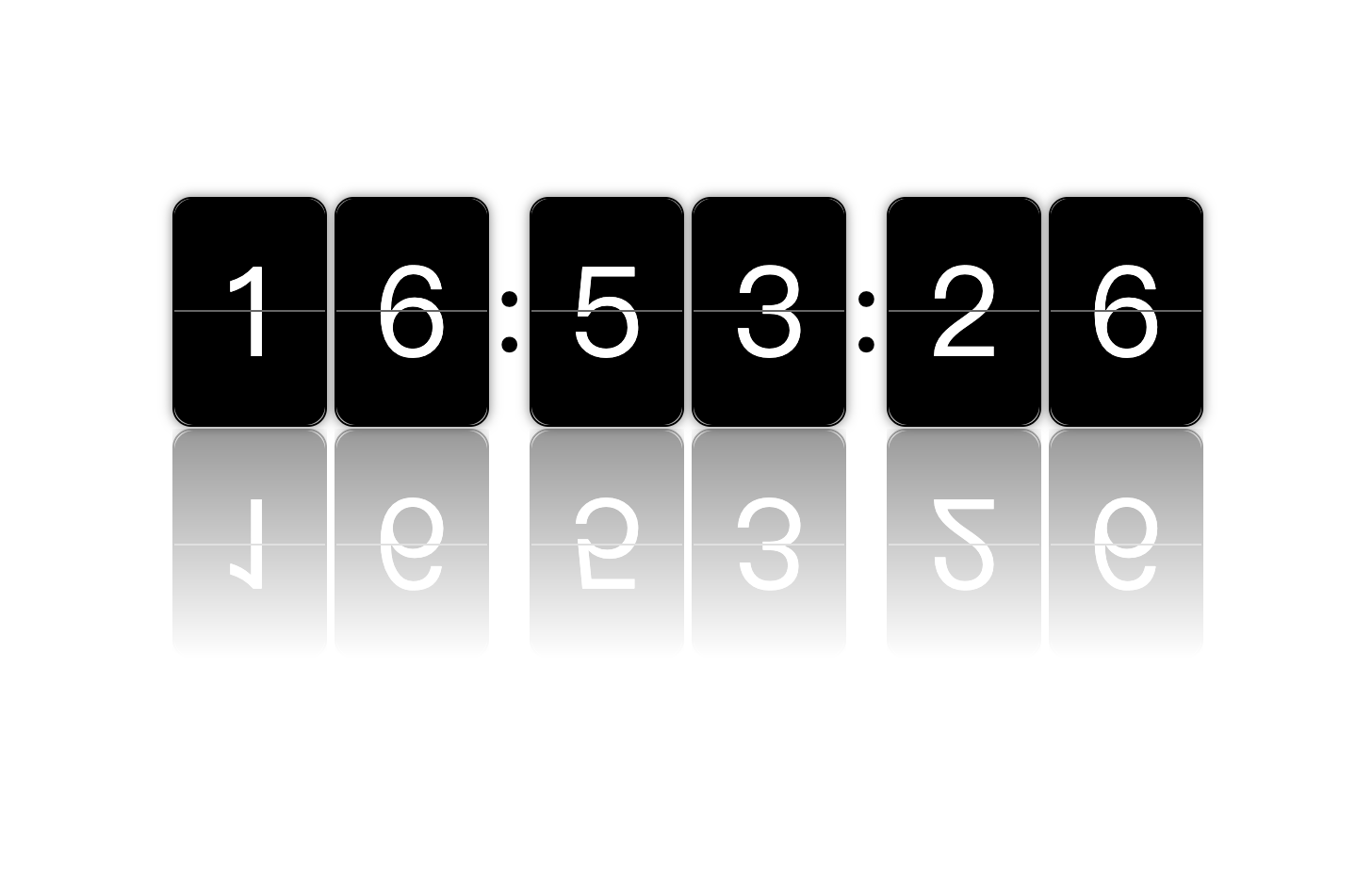 做一个好玩的时钟翻牌效果
做一个好玩的时钟翻牌效果 css3绘制一个会动的大嘴鸟
css3绘制一个会动的大嘴鸟 SVG路径动画效果
SVG路径动画效果 利用js做一个炫酷音乐背景效果
利用js做一个炫酷音乐背景效果






